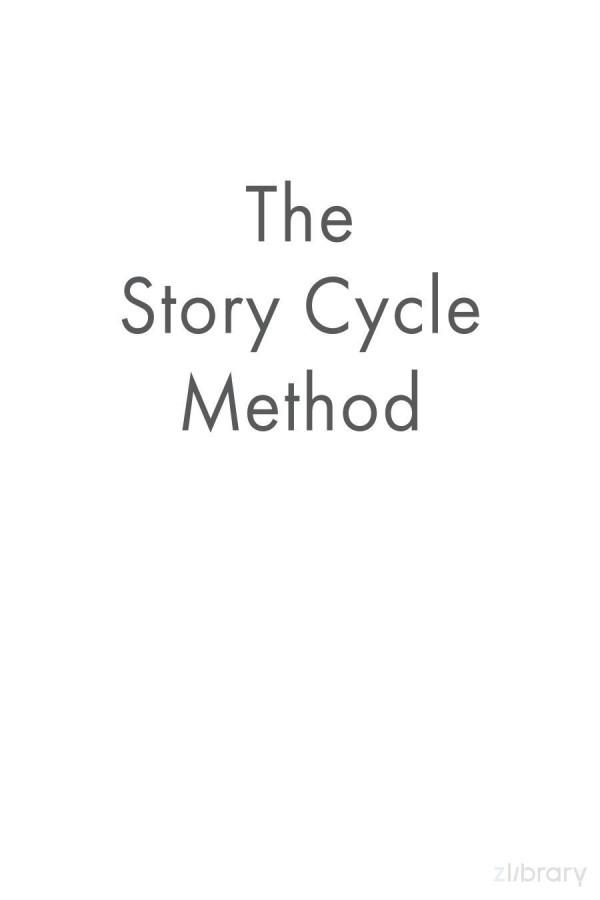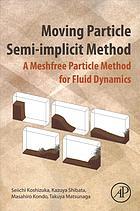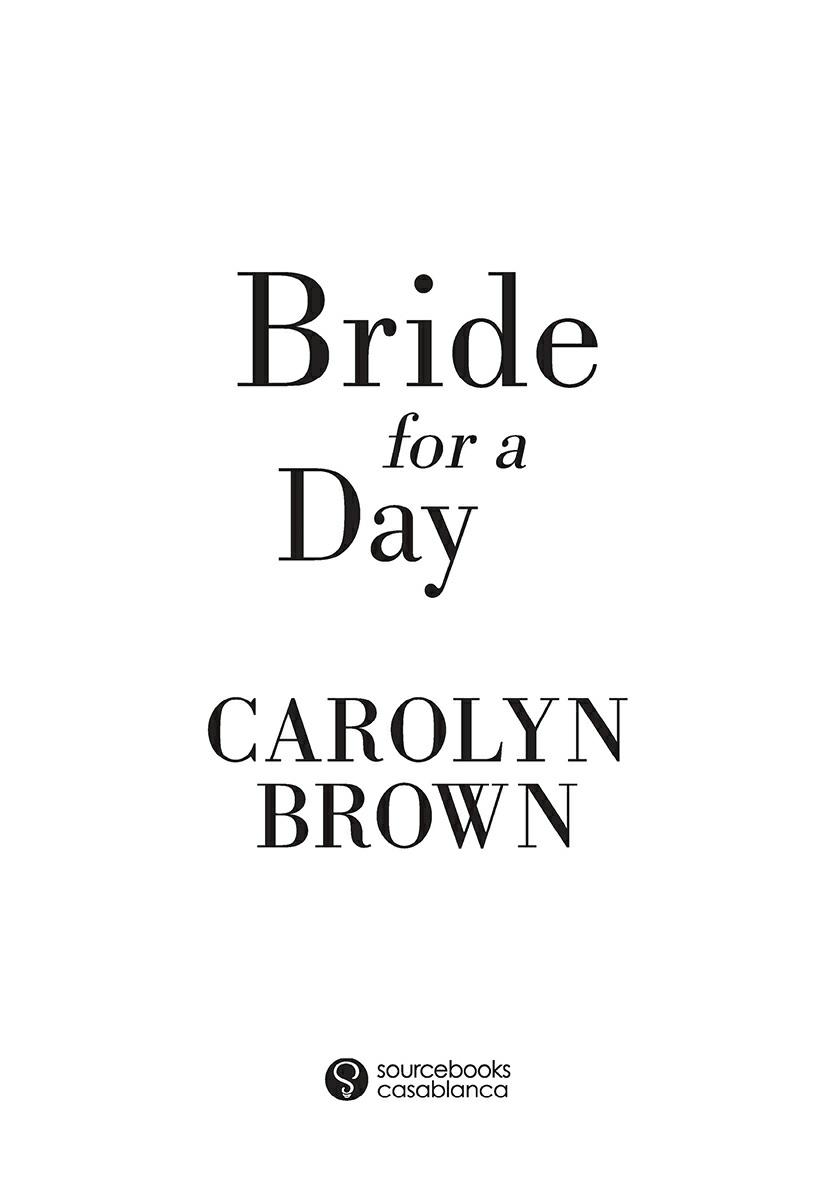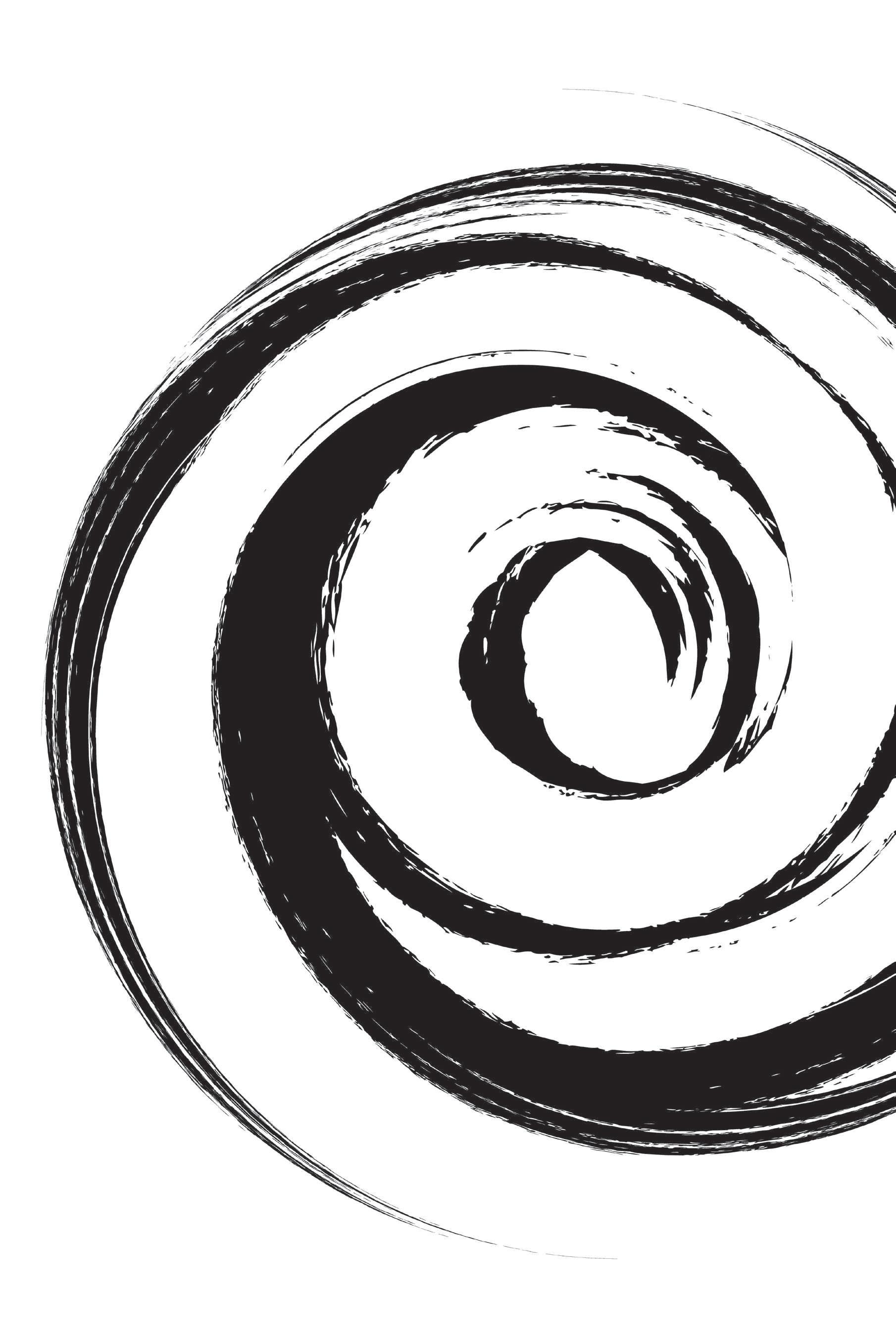Introduction
A creative journey rarely follows a neat, linear path. The writing process takes us into unfamiliar territory and even with careful planning, we hit detours and get turned around. When we’re disoriented, momentum slows and motivation recedes. Gloom descends and a storm of doubt clouds the mind. It’s no wonder that inspiration can feel like the weather, but productivity doesn’t need to be ruled by illusive forces. The creative process moves through predictable cycles—what we’ll refer to as Story Cycles. When we accept this organic ebb and flow, we build momentum and find the resilience to finally reach the finish line.
There are four distinct Cycles: Calibrate, Cultivate, Collaborate, and Craft. Each phase is essential, and flux is normal. It’s natural to experience periods of expansion and contraction, renewal and release. We can weather these changes when we survey the landscape through the Story Cycle lens. Following the Story Cycles Method empowers us to enjoy the journey.
The cycles have the familiar characteristics of seasons and the elemental forces. Tapping into these recognizable energies demystifies the process and makes writing more intuitive.
You’ve likely heard the advice to be more disciplined, but muscling your way through often backfires, erodes confidence, and leaves a writer feeling worse than before. Imposing discipline fails to address the root problem and doesn’t factor in the demands of the cycle the writer is moving through. Instead, when you feel lost, stuck, or overwhelmed,
pause and calibrate. Assess the prevailing conditions and adapt to the cycle you’re currently in.
With the Story Cycle mindset, we can weather the seasons of creativity.
Winter is an opportunity to calibrate: to listen, reflect, and dream. The airy stillness gives us permission to pause and reflect.
The spring season is when we cultivate: plant and prepare. Water invigorates the process of discovery and development.
The summer cycle is an invitation to play, improvise, and collaborate. In this cycle, fire sparks joy and ignites inspiration.
The Craft Cycle is anchored in autumn: fall heralds the harvest. The earthy pragmatics help us revise, refine, and complete.
WHO IS THIS BOOK FOR
The rugged design of the Story Cycle Method makes the concepts and techniques relevant for creatives of all stripes: the dreamer, the rebel, the independent-minded leader, the perfectionist, the workhorse, the procrastinator—and even those who don’t yet know what they are. While the book is especially geared toward writers, the Story Cycle Method works for filmmakers and a wide range of other creatives. We focus on the written word and putting pen to page, but the Story Cycle Method can serve musicians, editors, video game designers, and painters. The tools and techniques in the book will accommodate new authors and seasoned writers alike. Even the most experienced writer can get stuck in a rut.
SEASONS ARE A STATE OF MIND
The seasons of Story Cycles are a state of mind. Writers can access any of the four cycles, no matter the time of year, and just as seasons
manifest differently around the globe, we each have our own rhythms. My ecosystem differs from yours. When Californians are pulling out flip-flops and swimming suits, winter weather arrives in Australia. Yet, all writers experience fluctuations. The seasonal metaphor helps you navigate the ebb and flow of inspiration.
Anchoring your writing practice in the logic of nature insulates you from the crosswinds of culture and protects us from the battering noise of awards season, pilot season, fire season, election season, and the seasonless churn of demands in our nonstop, tech-charged world. Just as a new season heralds changes in climate, temperature, weather, and light, Story Cycles influence our pace and needs.
As a resident of sunny southern California, it’s sometimes hard for me to tap into the seasons. In fact, no matter where you live, the distractions and comforts of modern life often disconnect us from nature’s rhythms. Many of us have become accustomed to swaddling ourselves in climate-controlled cocoons and disrupting our organic biorhythms by powering up lights at night and chugging caffeine during the day. And with the trick of technology, we can zoom around the world without leaving home.
As a city dweller, connecting with nature requires effort. When I look up to the night sky, I see a constellation of air traffic and city lights. Yet, when I focus on the moon, the shimmering celestial wonder works magic on my soul. Like the lunar cycles, the seasons reconnect me to the pulse of the planet.
Our intimate relationship with seasons permeates language. Spring (the show-off of the quartet) has inspired countless expressions: spring fever, spring cleaning, spring chicken, spring to mind, spring into action, and spring in your step. Summer, fall, and winter show up in familiar phrases like autumn years, summer fling, dog days of summer, lion in winter, and turning over a new leaf.
When a season arrives, you know it. You feel it whether it’s tourist season or holiday season, wedding season or football season, back-toschool season or mating season. It’s obvious when it’s flu season or the rainy season. You jump into action when it’s growing season and peak season. You know it will be delicious when it’s in season and distasteful when out of season.
Everything has its season.
The creative process moves through seasons, and the Story Cycle Method will help you negotiate limits and seize opportunities. Productivity ebbs and flows; clarity waxes and wanes. But the Story Cycle mindset gives writers a way to adapt and move forward. Once you’re able to discern what Story Cycle you’re moving through, you can angle in the right direction and identify the next right action: suit up, strip down, roll up your sleeves, hibernate, or migrate to a more hospitable zone. Don’t get mad at the rain—get an umbrella or move indoors. When you calibrate your creative compass, you can make progress no matter the weather or terrain.
Stop waiting for more favorable conditions. It’s time to begin.
THE ORIGIN OF STORY CYCLES
The Story Cycle Method originated out of a need for a kinder, gentler mindset. It began as a loose set of ideas and informal practices to help me work through creative challenges. Then people started coming to me for advice. Being a teacher wasn’t my goal, but I fell in love with helping others find and shape their stories.
Whether I was making a movie, drafting a novel, or helping a student write a memoir, I noticed a recurring ebb and flow of productivity and inspiration. The Story Cycle framework began to coalesce, and I realized these concepts didn’t just make sense to me. My students told me our work together was making transformational shifts in their process.
In the midst of winter, I found there was, within me, an invincible summer. And that makes me happy.
For it says that no matter how hard the world pushes against me, within me, there’s something stronger—something better, pushing right back.
–Albert Camus
I began offering courses and workshops. When I discovered that my students hadn’t encountered this method elsewhere, I put the draft of my novel aside, pushed my script to the back burner, and turned my focus to wrangling my teaching materials into a book.
The Story Cycle Method isn’t a formula but a practice. I still face challenges and experience feelings of self-doubt. Some days I feel like my modest body of work doesn’t qualify me to author a book on writing. I haven’t smashed box office records with Oscar-winning scripts, and the sole Emmy nomination I received didn’t result in a win (and it was regional, not prime time.) Yet, rather than getting stuck in a swamp of compare and despair, I observe these thoughts and let them go.
There will always be someone else who has achieved more. I haven’t sold millions of copies of a New York Times best-selling novel, but I feel proud of my accomplishments, and most of all I believe my voice matters and so does yours. It’s natural to compare ourselves to others, but when that less-than feeling strikes, I now know it is just a sign that my journey isn’t over. Like you, I am very much a work in progress, and my story is still unfolding.
What follows is an introduction to the Story Cycle Method and a distillation of lessons learned. We’ll go behind the scenes into the real experience of my clients, and rather, than dazzling you with tales of my wild success, I’ll give you a front-row seat to my messy, imperfect journey.
HOW TO USE THIS BOOK
While you can read the book nonsequentially, start on page one if you want the scaffolding of a step-by-step guide. Parts One, Two, Three, and Four take you through each of the four Story Cycles. In Part One, we navigate the wintry chill of the Calibrate Cycle; in Part Two, we swim through the invigorating springtime of the Cultivate Cycle; in Part Three, we move through the summery abundance of the Collaborate Cycle; and in Part Four, we settle into the Craft Cycle, the demanding phase of finishing.
Each chapter includes practical tools and techniques and at least one behind-the-scenes story that illustrates the concepts presented. My students and colleagues generously granted permission to share their experiences. Some names have been changed to protect the writers’ identities.
Don’t get caught up in the terminology. Instead, put pen to page and try the exercises. When you reach an activity, you will be prompted to jump to the end of each chapter where you’ll find step-by-step instructions. You’ll want two companion journals. One notebook will be a workbook for tackling the exercises, and the other will be a place to reflect on the process.
If you’re hungry for homework, you can speed through the exercises, but embedded within each chapter I’ve highlighted an activity you don’t want to miss. It’s fine to save prompts for later or to opt out of assignments, but don’t skip over the ones highlighted within the chapter. These are the most important ones—like this one here.
ACTIVITY: Compass Notebook
Dedicate a journal to tackling the exercises in the book.
o Any old notebooks will do, but consider using The Compass Notebook: A Story Cycle Guided Journal
o Once you have your notebook, you’ll be ready to tackle the exercises in Chapter One.
Purchase:
The Compass Notebook
This isn’t a race. Savor the journey. There are six parts, so you might give yourself two months to work through the book. Or you might take a year to work your way through the whole book. There’s no need to
rush. If you’re like most people, you have responsibilities. Start by devoting ten minutes a day to your writing.
Tip: If you are juggling a busy schedule, simply start with the time you have.
CONTENTS OVERVIEW
PART I: CALIBRATE
We begin with the Calibrate Cycle. The winter cycle is a time to step back from the front lines, to cocoon, hibernate, and look within. Chapter One unpacks the pause. When we activate this season, we make space to clarify and set intentions. This chapter is the perfect launching pad for a new project and the place to return when you feel lost.
In Chapter Two, we introduce a foundational practice: radical self-care. Our physical bodies require maintenance and attention. We can calibrate with a body check-in and the gratitude list. We expand our understanding of self-care by tending to the eight realms of radical self-care.
Next, we embrace the concept of wonder and adopt the mindset of the explorer. At the heart of this cycle is the practice of tracking your process or keeping field notes. In Chapter Three, we learn the concept of The Bridge, a simple technique to facilitate your way into creativity.
To calibrate your creative compass, we find our why and revisit why we want to bring a story into the world. In Chapter Four, we reconnect to purpose and reset intentions. We wrap up this section with the ultimate calibration: The Story Cycle Survey.
PART II: CULTIVATE
Next, we move into the spring cycle, the time for planting and planning. In Chapter Five, we focus on capacity. This concept helps us consider the weather and terrain so we can navigate the demanding process of development.
Story Cycle Method
The Cultivate Cycle is a fertile time ripe with possibilities, so in Chapter Six, we set markers and milestones to chart the course forward. These measurable steps will be anchors when you experience the creative ebb and flow. We will reimagine what “writing” looks like and unpack the benefits of discovery writing.
In Chapter Seven, we cultivate with the improvisation technique: explore and heighten. We lean into the concept of “Yes, and . . .” and nourish the process by digging into senses and emotions. Finally, we’ll unveil one of the most liberating tools: the question list.
Next, we’ll pivot to the inner workings of your story. We’ll dig into the character’s inner world and make their journey more difficult by adding obstacles. Regardless of the medium or genre, writers need to create conflict. In Chapter Eight, we’ll develop tension by exploring secrets, fears, and the desires. This cycle requires patience and persistence, so we’ll return to milestones and markers with an eye toward celebrating.
PART III: COLLABORATE
As the cycle’s name suggests, the core feature of this phase is connection. The Collaborate Cycle is the time to connect and play. Even a solo writer who hides out in a remote cabin must learn to collaborate, even if it’s with their own subconscious. Just as improvisation helps us during development, the mercurial summer cycle demands a willingness to let go of control. Chapters Nine, Ten, Eleven, and Twelve highlight the virtues of play.
We learn nonlinear techniques like using word clouds to generate material. We rekindle creative connection by injecting whimsy into the process. We’ll take inspiration from the surrealists and stir up some serendipity with a brief foray into tarot. We make friends with the inner critic and call the muse.
To handle the heat of the summer cycle, we’ll scaffold the process with radical self-care and activate the warmth of the Collaborate Cycle by finding connection. We’ll consider when and how to present work for
feedback. Even constructive criticism can be destabilizing, so instead of slipping into an abyss of despair, we’ll practice the art of listening, and we’ll rekindle the creative fire with the kind critic and the love list.
PART IV: CRAFT
Next, we move into the most revered and misunderstood phase: the Craft Cycle. The autumnal season is when we harvest, but it is also a time to clear away the dead and prepare for winter.
In Chapters Thirteen, Fourteen, and Fifteen, we’ll stay grounded in pragmatics and rethink the fundamentals.
We crack open the Craft Cycle with a more intuitive approach to structure. To liberate ourselves from the conventional constraints of outlining, we work with the beating heart and the narrative spine of the story. We look at drafting and unpack the different types of revision. We use voice and point of view to shape the reader’s experience, then turn to the masters for models that can instruct and inspire.
How do you know when you’re done and ready to move on? In Chapter Sixteen, we look at one of the most elusive aspects of the writing process: finishing. Even if you’ve carefully calibrated, enthusiastically cultivated, thoughtfully collaborated, and diligently crafted, your project still may not be ready to harvest.
More often than not, projects take longer than planned and unexpected obstacles materialize. When you find yourself in the messy middle, it’s natural to look for a shortcut. Instead of looking for a way around, look for a way through. As we refine and polish, we also must let go. The defining characteristic of this season is transformation. Before we move out of the Craft Cycle, we must navigate the mists of maybe.
PART V: DREAM TO DRAFT
After we’ve moved through all four Story Cycles, it’s time to put it all together. In this section, we’ll combine the distinctive features of each
cycle. To move from dream to draft, we must spiral through the Story Cycles again and again.
In Chapter Seventeen, we break through blocks by pulling techniques from one Story Cycle into another. We lighten the sometimes-stuffy craft phase with playful exercises from the Collaborate Cycle. We wake up our emotions by invoking the invigorating energy of the Cultivate Cycle.
Next, we activate the power of Story Cycles by wielding the potent forces of air, water, fire, and earth. We break down the essential properties of each element and identify its corresponding Story Cycle. This intuitive framework helps us calibrate no matter what season we’re cycling through. When you’re unable to move forward, tune into the elemental forces.
In Chapter Nineteen, we collaborate with the critic. Crossing the finish line can be wonderfully satisfying, but even just the prospect of sharing work may trigger fear and self-doubt. We uncover what the critic’s rants really mean and learn how to reframe their toxic narratives.
PART VI: THAT’S A WRAP
To wrap up, we embrace the in-between time. Letting the ground lie fallow is a vital part of the process. Sometimes a project just needs to mulch more. We’ll revisit the revitalizing power of radical self-care and return to Markers and Milestones with a specific eye toward celebrating.
When we arrive at Chapter Twenty-One, we gather our favorite exercises, concepts, and tools. We review how to use the Story Cycle framework to triage common challenges, and we’ll identify the tools and techniques that best serve each creative phase. We pack our backpacks, so we are prepared to maneuver the finicky final stages of completion.
We’re at the end of the book—but perhaps at the beginning of the writing journey.
The Pause
Winter: It’s time to calibrate: to reflect and listen. Settle into stillness.
The airy quiet of the winter cycle may feel uncomfortable, but it’s important to periodically step back from the front lines and look within. No matter what Story Cycle you’re moving through, pause and calibrate. Simple practices like journal writing and using a timer help you anchor yourself in the now. By pairing the timer with freewriting, we’ll build a writing practice bit by bit, word by word.
FIRST THINGS FIRST: Practice
Many of my students want to know how long it will take to finish. The timeline depends on your unique circumstances, your experience, the specific demands of the project, and how much time you’re able to dedicate to writing. The best way to move forward on your writing journey is to work with the time you have.
Many people think they’ll begin writing when they have more time. It’s a mistake to wait until a “better” time or until you have “enough” time. If you wait for the ideal conditions, you may never start at all. Even if you are retired, rich, or on a retreat, there will always be demands on your time. Life inevitably throws us curveballs: fun opportunities, family responsibilities, health troubles, life changes, and emotional highs and lows.
Seize the day. Build a writing practice one minute at a time. The sooner you begin, the sooner you will arrive.
The sooner you begin, the sooner you will arrive.
Time To Write
The first step of your writing journey is to set aside time to write. It’s not necessary to write every day but make writing a habit. It’s a myth that to be a writer you need to spend eight hours a day banging away at the keyboard. You can make progress even if you can only scrape together two hours a week. It’s worthwhile to stay connected to the material even if you can only “touch” the work for ten minutes a day.
How long should your writing session be? Experiment and discover what works for you. I find that two-hour blocks provide a solid container, but three or four hours help me build more momentum. On the other hand, an hour might feel like an overwhelming swath of time. Different cycles, circumstances, and projects demand different levels of attention.
ACTIVITY: Make a Writing Date
10 minutes
o Look at the next week and assess how much time you have available.
o Schedule two to five writing sessions in your calendar.
• The sessions may be anywhere from three minutes to three hours.
• If you have only one hour in the week to work with, then I recommend starting with three twenty-minute blocks.
THE JOURNAL
In the introduction, you were tasked with choosing two notebooks, but if you haven’t already, get yourself a journal. This will be a place where you can tackle exercises and explore ideas with freewriting. Any
old notebooks will do. While writing on a digital device is a convenient way to record memories and ideas, it’s worthwhile to dedicate some time to writing in a journal.
Many students prefer typing on a device, but before you decide to play exclusively for Team Digital, consider the benefits of an analog approach. First, the beauty of writing by hand is that you remove potential friction. You don’t need fancy equipment, chargers, or outlets. Instead of waiting to boot up your device, you simply need to open your notebook and begin. The blank page also provides an expansive canvas. You can organize the page how you like, make notes in the margins, and doodle. Writing by hand connects us to our bodies, forces us to slow down, and anchors us in the present moment. It might seem painfully slow and outdated, but creativity is not about being faster.
In a world where immediate gratification dominates, the laborious task of writing by hand might seem tedious, but decades of research have proven there’s value in putting pen to page. The repetitive motion of marking characters on the page increases activity in the same sections of the brain activated in meditation. Writing cursive especially stimulates synchronicity between the left and right brain. In fact, “graphotherapy,” a therapeutic treatment involving the daily practice of putting pen to page, is used to calm and retrain the brain. The prescription: regular sessions of scribing a simple sentence like, “I will be more peaceful.” Writing by hand has even been shown to lower blood pressure, improve liver function, lessen symptoms of asthma, and boost the immune system.
While I’m not suggesting you ditch your laptop, try to incorporate writing by hand into your writing practice. Working with pen and paper also encourages the writer to find inspiring surroundings. Instead of lugging a laptop around, curl up on the couch or venture into nature. Stepping away from the computer also reduces the risk of succumbing to digital distractions like email, texts, entertaining videos, and the research rabbit hole.
ACTIVITY: Choose a Journal 30 minutes
If you haven’t already, pick a notebook.
o Designate a notebook specially dedicated to tackling the exercises in the book. Any old notebook will do, but consider using The Compass Notebook: A Story Cycle Guided Journal
THE TIMER
Purchase:
The Compass Notebook
No matter how long you plan to write in a given session, I recommend using a timer. In my own experimenting, I’ve learned that working with a timer has many benefits. A finite window of time creates a sense of urgency and helps me to stay focused. The timer gives me a sense of control as I wade into the unknown. The timer cues me when it’s time to move on. I might decide not to move on to the next action item, but the timer helps me make a conscious choice about how I allocate my energy. Our access to the internet makes it especially easy to fall down the research rabbit hole, so the timer keeps me on track and prevents me from wasting time on a low-priority task.
The timer is also a great reminder to get up, move around, stretch, or get a glass of water. If we fail to take breaks, we may end up with achy backs, headaches, and eyestrain. Before discovering the timer, I spent an entire summer banging out a first draft of a novel. I pounded on the keyboard for five, six, even seven hours at a time, day after day, week after week. I completed the draft, but I gave myself carpal tunnel syndrome. The pain was so debilitating that for weeks I could barely even turn a doorknob, and for several months I was unable to hold a pen or type. When we experience a creative rush, it’s hard to stop. But to go the distance, one needs to take breaks. The timer helps us calibrate.



















